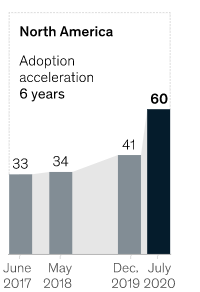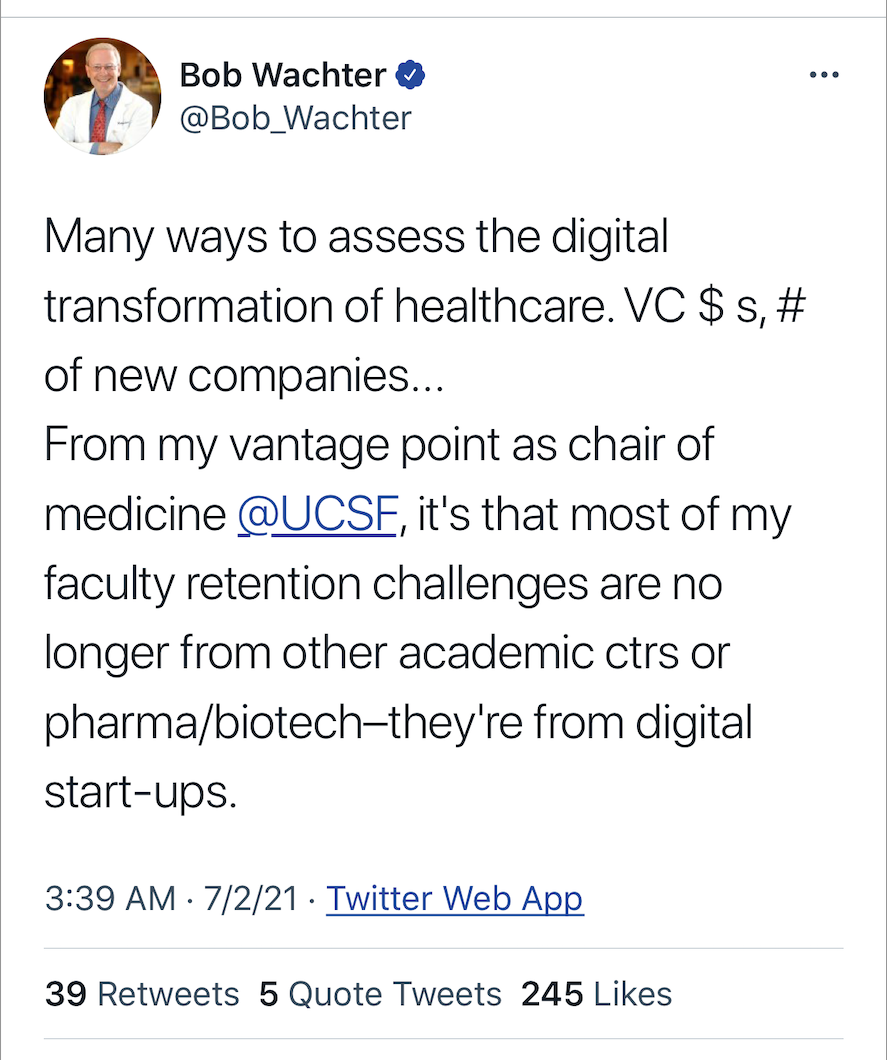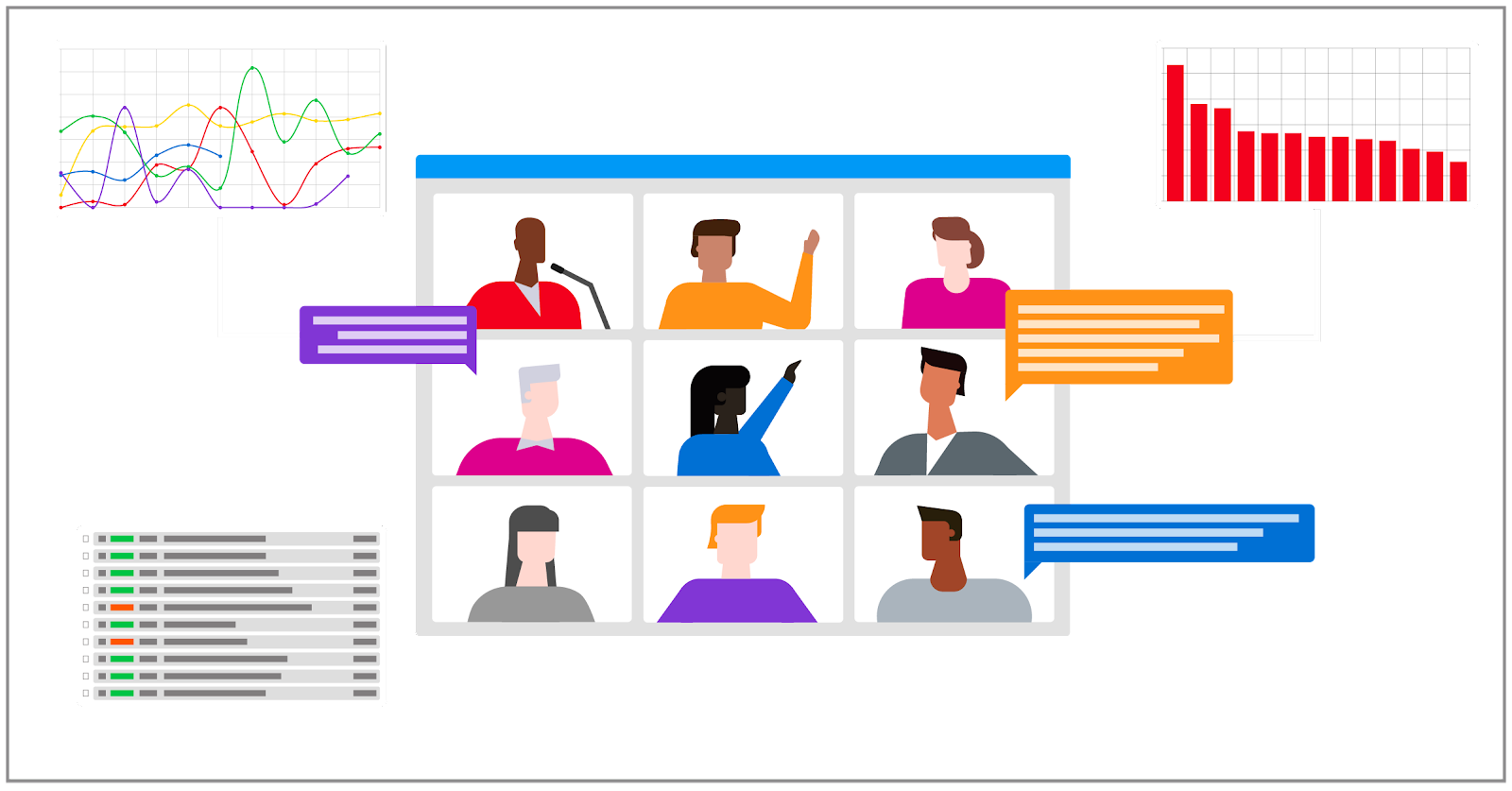APIs Are Now at the Center of Digital Transformation
APIs used to be the agents of change between systems. Now they’re accelerating digital transformation and driving business-critical use cases.
Join the DZone community and get the full member experience.
Join For FreeAs we take stock of how COVID-19 has affected the way we operate, nothing in technology is more apparent than the switch to digital. Although many of us have transitioned from water-cooler conversationalists to reluctant Zoom dwellers, the impact on business processes themselves might actually be more profound.
According to McKinsey, coronavirus has acted as an accelerant on companies offering digital products and services. Across all business areas, digital adoption has accelerated to such a degree that it’s the equivalent of fast-forwarding six years so that we’re now operating in 2027, where 60% of all businesses in the US employ digital processes.
McKinsey: How coronavirus has transformed business forever
The evolution that businesses go through when adopting digital processes which simplify, automate, and modernize existing systems is called digital transformation. By creating digital experiences for customers, partners, and employees, businesses can reap outsized returns on their investment through improved customer engagement, lower operating costs, and the opening up of new markets and opportunities.
During the pandemic, one of the sanest voices in San Francisco was the head of medicine at the City’s main teaching hospital, University of California at San Francisco (UCSF). Dr. Bob Wachter manages an organization of 3,000 people, including 800 physicians, and was on the front line of both the local pandemic response and the move to digital as his hospital, like many others, focused on in-person treatment for COVID-19 and farmed out most everything else to telemedicine. As the pandemic waned, Wachter noticed that the move to digital has become more enduring, in more ways than one could imagine:
Perspective on digital transformation after COVID-19 from UCSF chair of medicine
The companies that have been most successful during the seismic shift that coronavirus represents are those that have embraced digital transformation and centered their business strategy on APIs, apps, and data analytics. Through judicious planning and architecting, they’ve managed to streamline engineering development, deliver superb customer experience, and offer a low-friction way to integrate with partners.
APIs Speed Development

Adding robust API analytics refines product strategy and enhances DevEx.
Classically, digital transformation takes time to implement. Modernizing existing systems is all about building skills and confidence by trying things out, learning from them, and then moving ahead — analogous to leveling up at each step in a game.
But the pandemic has forced a definite prioritization in what’s business as usual versus what’s change. Organizations have had to respond to change, fund the new priorities, and rapidly build capabilities.
Operating in the cloud with microservices-based apps, agile teams are able to build smaller functional components and connect them together over APIs. Furthermore, third-party services created by domain-specific experts can be integrated into apps over APIs, freeing up the business’ dev teams to work on more value-added features instead.
In the words of the CEO of Symbl.AI, Surbhi Rathore:
“When you’re a small company, it’s very hard to focus 20% of your continued engineering efforts on building a dashboard for yourselves”
Like many companies with limited engineering resources, Symbl.ai was forced to choose the product route, choosing instead to outsource dashboard functionality to a third-party service — a move they credit as a major part of their growth during the pandemic. Although reporting and dash-boarding is secondary for product-driven companies, it’s still critical.
APIs Present the Unlocked Versions of Apps
APIs democratize access to the capabilities that organizations offer. Whether you’re looking for a shipping service to help with managing your packages, or geofencing capabilities for location-aware experiences, there’s an API for that.

Third-party analytics services can speed developer adoption.
And APIs are becoming a lot easier to use. More people are getting involved in the conversation because web APIs, or RESTful APIs, are a lot less technical — in their simplest form, they’re just a URL with a bunch of query parameters, something that almost anyone can use.
APIs Support a Consistent User Experience
Digital transformation is increasingly propelled by changes in customers’ expectations. A consistent 360-degree customer experience is now preferred, one that encompasses computers, phone, and physical assets.
APIs not only hide complexity in the back end, but, by design, they also enable a single and consistent user interface. Even though your enterprise product might be using 10s to 100s of internal and external services delivered over APIs, you’re still in absolute control of the front end and how your customers experience and interact with your product. APIs avoid the split-horizon problem, where there’s no single point of reference, even when using multiple services.
The Best Place to Analyze Performance Is at APIs
COVID-19 has pushed many companies across the digital divide. Some organizations were already in the throes of digital transformation pre-pandemic, whilst some had not yet started. But, as a matter of survival, the majority of US businesses have made the move to digital over the last 18 months.
APIs used to be the agents of change between systems, but now they’re really driving business-critical use cases. Although we might not appreciate it yet, we’ve entered the golden age of APIs.
“APIs are just everywhere. They're beneath everything that we touch in our personal and business lives,” -Kin Lane, the API Evangelist
APIs present natural demarcation points for the services that make up apps. There’s no better place for gathering analytics data than where data ingresses or egresses a service.
To make sure your users are getting the most out of your product, do consider prioritizing dashboard and reporting functionality. Your API is a treasure trove of data that can give you invaluable insights. As we mentioned earlier, building in-house is not your only option: There are more and more services offering this functionality out of the box. There is no longer any need to choose. Even when it comes to improving their own utility, APIs continue to drive innovation.
Published at DZone with permission of Lawrence Ebringer. See the original article here.
Opinions expressed by DZone contributors are their own.

Comments